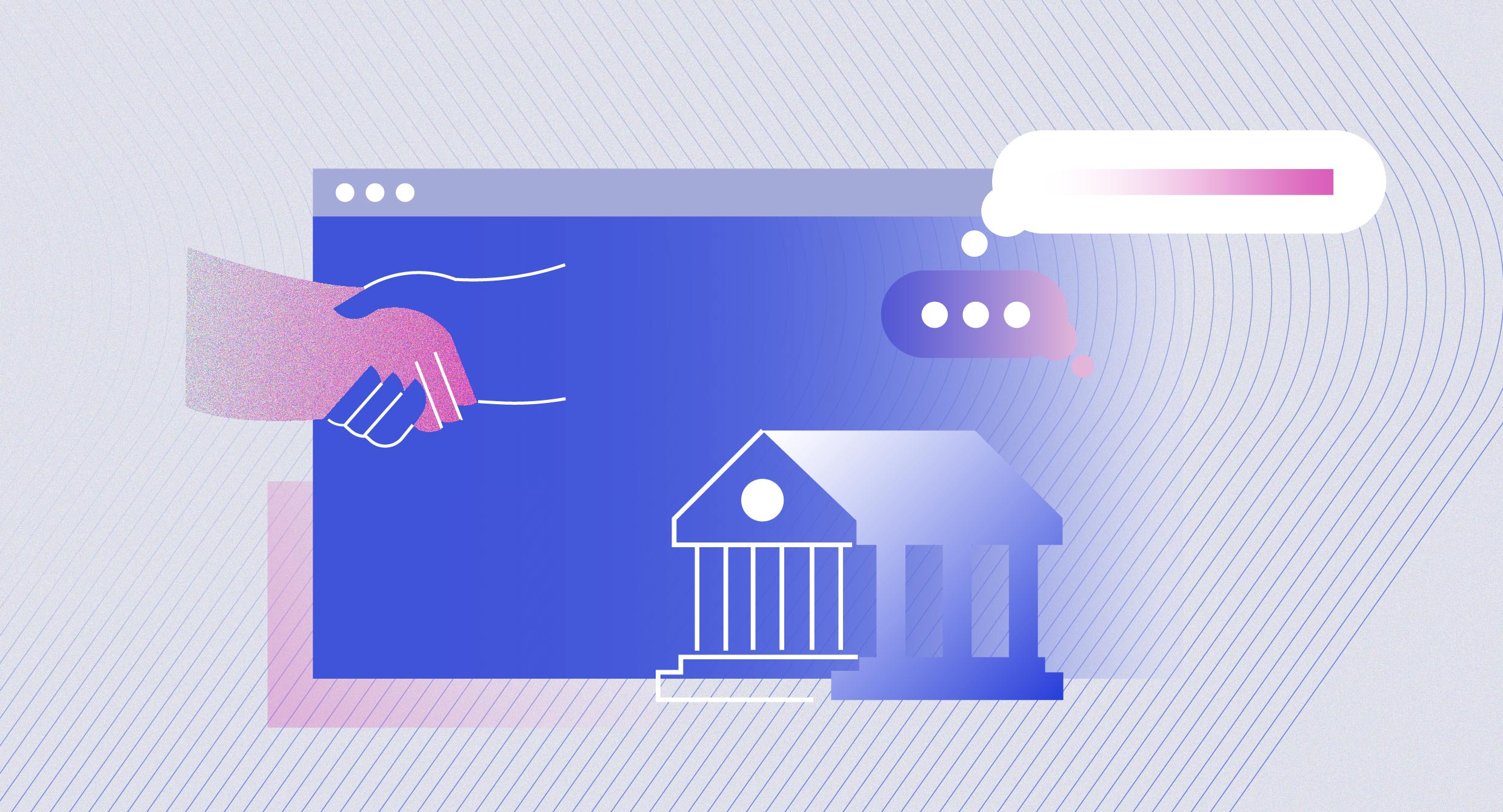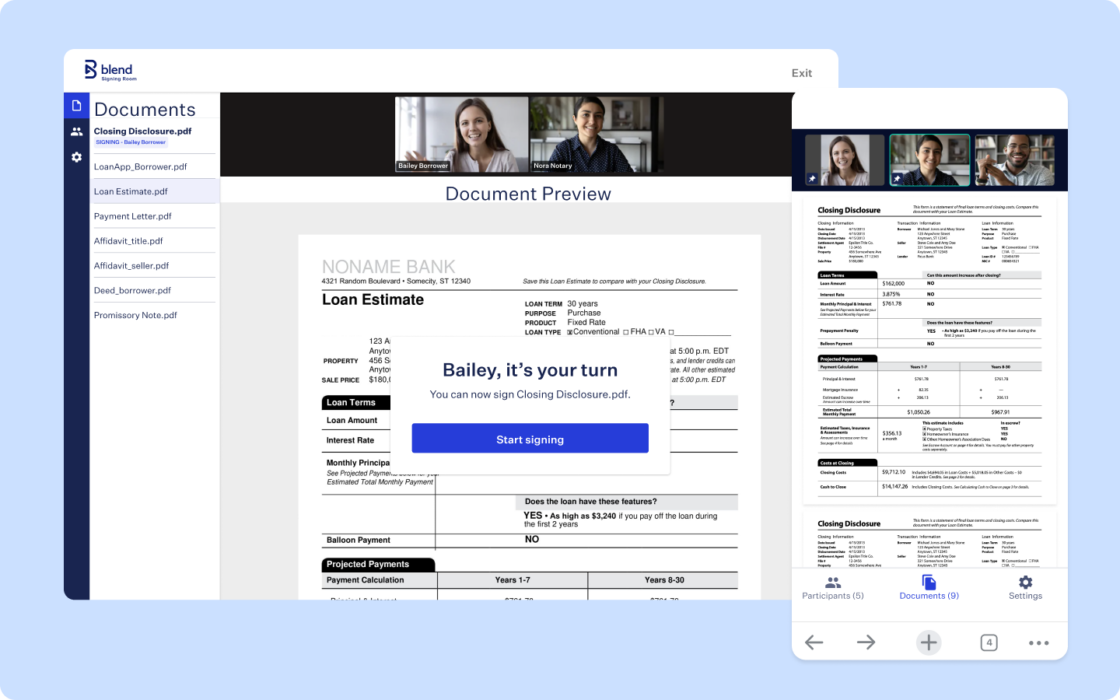February 2, 2021 in Thought leadership
Reframing relationship banking for an increasingly digital world
Consumers’ needs and expectations are changing. Learn how you can re-evaluate your strategy to focus on milestone-based lending.

The traditional ideal of relationship banking encourages lenders to be a constant presence for their customers across all of their financial goals. Rather than a series of isolated exchanges and transactions, relationship banking prioritizes ongoing engagements and customer loyalty over a lifetime.
Imagine a customer named Sarah. Since she opened a checking account over five years ago, Sarah has also applied for a vehicle loan when her family required a larger car and a credit card. Now she and her partner are looking to remodel their home and she comes to you for advice. Should Sarah apply for a personal loan or home equity loan?
Beyond describing a remarkably loyal customer, this is an example of relationship banking because the lender is focusing on Sarah’s needs — not just selling her a product. But what do we mean when we talk about relationship banking? And, more importantly, how can banks do it better as their interactions with consumers shift to more digital channels? Before we discuss Blend’s approach to milestone-based lending (our take on relationship banking), let’s look first at how relationship banking is typically understood.
What is relationship banking?
For many top-performing financial institutions, relationship banking is not about selling at all. Rather, it’s a matter of solving. In staying with each customer as they meet their financial goals, bankers seek to both strengthen customer loyalty and increase demand for their loan products.
Speaking of relationship building
Subscribe for industry trends, product updates, and much more.
Instead of beginning with the product in question (checking account, line of credit, or mortgage), why not start with what you can solve? Need to remodel? As with Sarah, the solution might be a HELOC or home equity loan — or something else entirely.
However, many bankers struggle to put a relationship banking strategy into place and execute it well. Blend partnered with Forrester Consulting to explore the current state of milestone-based lending demand and strategies. The survey found that 85% of lenders believe personalized product recommendations are important, but only 38% are currently optimized to provide them to their customers. While personalized product recommendations are only one piece of milestone lending capabilities, it’s an important indicator.
Redefining relationship banking as milestone-based lending
At Blend, we prefer to think about relationship banking as milestone-based lending. Rather than rates and features, we shift the focus to the needs consumers have throughout their life. Important life events — like relocating, getting married, starting a business, or adding to one’s family — often bring changing financial needs.
Financial institutions have long helped customers navigate achievements, aspirations, and adversities. But the traditional approach must now evolve and improve as digital disruptors enter the market and customers have an increasing number of options.
Milestone lending is quickly becoming the standard for building better relationships with consumers. But how does this translate to a more digital environment?
Beyond the branch: Relationship banking strategies in the digital age
The technologies, channels, and methods lenders use to connect with their customers are changing. Which means some lenders may be asking, how can we foster the same kind of lasting relationships that define in-person banking experiences?
Financial institutions will need to ensure that their entire line of products is easily accessible digitally — at any time and place. In addition to access, customers expect high-quality experiences that are seamless across devices and channels. A consistent, familiar experience across lending products provides the customer with a sense of reliability similar to the steady presence of their banker without requiring one-on-one time. Carrying the same standard of excellence that customers expect in person through to a digital environment leads to positive results.
Benefits of milestone-based lending
Milestone lending helps customers feel like their needs are understood and met. Rather than a purely transactional relationship, they have a trusted partner throughout their life events and financial decisions. And with better digital experiences, customers can access new products from wherever and whenever they’d like.
If done well, financial institutions can harness this opportunity to strengthen customer relationships while expanding their product portfolio. As it extends beyond the branch, milestone lending provides a level of service that earns loyalty and builds stronger relationships over time.
Find out what we're up to!
Subscribe to get Blend news, customer stories, events, and industry insights.


